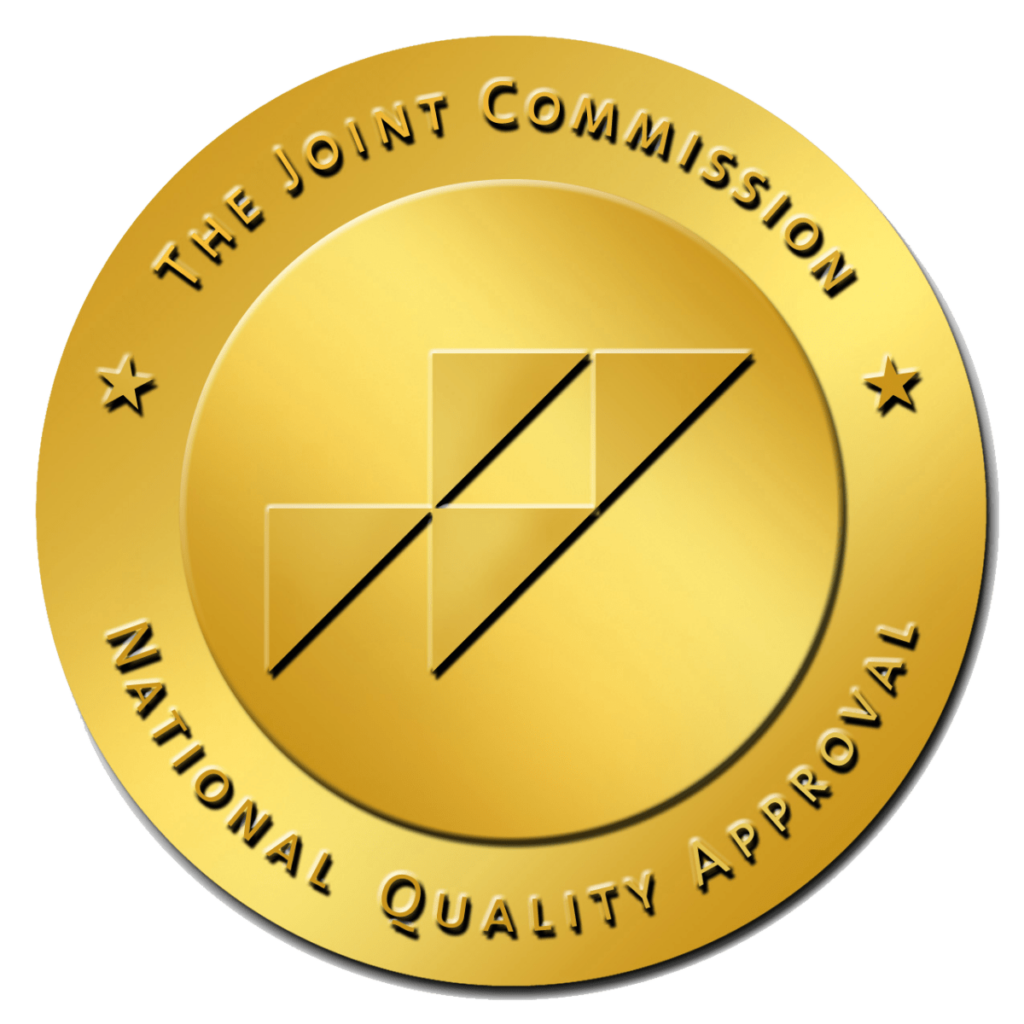Choose Facility
At Ascend, we are committed to raising awareness about the importance of early mental health treatment for young people whenever possible. We’ve compiled this list of teen mental health statistics with sources and years noted so you can understand the early childhood warning signs, prevalence, and prevention treatments currently being used to treat mental illness in teens, adolescents, and children throughout the world.
Statistics on the importance of mental health care and early treatment

- 47.2% of individuals in the U.S. with a mental illness received treatment in 2021 (Substance Abuse and Mental Health Services Administration)
- The average delay between the onset of a mental health disorder and treatment with mental health services is 11 years (National Library of Medicine)
- 65.4% of those with severe depression and other mental health disorders received treatment in 2021 (Substance Abuse and Mental Health Services Administration)
- 50.6% of children, adolescents, and teens with a mental health disorder received treatment in 2016 (Journal of American Medicine)
- 10.6% of those with a mental illness in the United States did not have insurance coverage in 2021 (2021 National Survey on Drug Use and Health)
- 11.9% of those with a severe mental health disorder in the United States did not have insurance coverage in 2021 (2021 National Survey on Drug Use and Health)
- 163 million people currently live in a designated Mental health Professionals Shortage Area (Health Workforce Shortage Areas, May 2023)
Teen mental health statistics by poverty level
- Children living below 100% of the federal poverty level experienced mental, behavioral, or developmental disorders (Centers for Disease Control, 2018)
- Age and poverty level affected the likelihood that children would receive mental health services for their generalized anxiety disorder, major depression, or other mental, developmental, or behavioral disorder (Journal of Pediatrics, 2019).
Statistics related to child and adolescent mental health
- 1 in 7 (14%) children and adolescents between the ages of 10 and 19 years old worldwide experience a mental illness.
- Depression is estimated to occur among 1.1% of adolescents aged between 10-14 years old and 2.8% of teens between the ages of 15 and 19 years old.
- ADHD occurs in 3.1% of 10-14 year-olds and 2.4$ of 15-19 year-olds.
Source: (World Health Organization, 2021)
Statistics on college student mental health disorders
- 79% of college students reported feeling moderate to high stress levels within the past 30 days.
- 54% of college students experienced loneliness.
- 29% of college students seriously considered students and 3% reported attempting suicide in the past year.
- 12% of college students stated they had intentionally injured themselves within the past year.
Source: American College Health Association’s National College Health Assessment (2022)
Statistics about mental health disorders
- 22.8% of U.S. adults experienced a mental health disorder in 2021, which equates to 1 in 5 individuals.
- 5.5% of people in the U.S. experienced severe depression and other mental health disorders in 2021. This equates to 14.1 million people or 1 in 20 adults.
- 16.5% of teens and adolescents in the U.S. experienced a mental health disorder in 2016. This equates to approximately 7.7 million people.
- 7.6% of U.S. adults had a dual diagnosis, which occurs when there is co-occurring substance use and mental illness.
Source: Substance Abuse and Mental Health Services Administration (2021)
Occurrence of mental health disorders, by demographic groups
- 16.4% of Non-Hispanic Asians experience a mental health disorder.
- 18.1% of Non-Hispanic Native Hawaiians or Other Pacific Islanders experience mental health disorders.
- 21.4% of Non-Hispanic Blacks and African Americans have a mental health disorder.
- 20.7% of Hispanic and Latino individuals have a mental health disorder.
- 23.9% of Non-Hispanic White individuals have a mental health illness.
- 26.6% of Non-Hispanic American Indians and Alaska Natives are currently experiencing a mental health disorder.
- 34.9% of Non-Hispanic mixed and multiracial individuals have a mental health disorder.
- 50.2% of Lesbian, Gay, or Bisexual individuals have a mental health disorder.
Source: National Survey on Drug Use and Health (2021)
Mental health statistics about schizophrenia
teen mental health statistics – teen discussing their mental health condition.jpeg
- Schizophrenia is one of the top causes of disability worldwide (National Library of Medicine).
- Schizophrenia is generally diagnosed between the late teen years (PubMed).
- Prevalence of schizophrenia in the U.S. range between 0.25% and 0.64%, when measured using household-based surveys, clinical diagnostic interviews, and medical records (PubMed).
- The prevalence of schizophrenia among non-institutionalized individuals ranges between 0.33% and 0.75% (National Library of Medicine).
- 4.9% of individuals diagnosed with schizophrenia die by suicide (PubMed).
- Nearly half of individuals with schizophrenia also experience a substance use disorder (PubMed).
General statistics on common mental health disorders
- The prevalence of any personality disorder was 9.1%. The prevalence of borderline personality disorder was 1.4% (PubMed, 2007)
- Lifetime prevalence of obsessive-compulsive disorder (OCD) was 2.3% (Harvard Medical School, 2007)
- When examining the lifetime prevalence of bipolar disorder among U.S. adolescents, it was discovered that 2.9% had bipolar disorder and 2.6% had severe impairment. (PubMed, 2010)
- The prevalence of bipolar disorder among adults was similar between males (2.9%) and females (2.8%) (Harvard, 2007).
- 4.4% of adults in the United States experience bipolar disorder at one time in their lives (Harvard, 2007)
Statistics related to children’s mental health disorder, Attention Deficit Hyperactivity Disorder (ADHD)
- The total number of children ever diagnosed with ADHD ages 3-17 is 6 million (9.8%), based on a survey of parents between 2016 and 2019. This includes 265,000 children between 3-5 years old (2%), 2.4 million children between 6-11 years old (10%), and 3.3 million children between 12-17 years old (13%).
- Boys are more likely to be diagnosed with ADHD than girls (13% vs. 6%).
- Black, non-Hispanic children (12%) and White non-Hispanic children (10%) are more frequently diagnosed with ADHD than Hispanic children (8%) and Asian, non-Hispanic children (3%).
- Approximately 3 in 10 children with ADHD experience anxiety.
Source: Centers for Disease Control and Prevention (2019)
Statistics relating to suicide and mental health conditions
- Suicide was the second leading cause of death among individuals between the ages of 10-14 and 25-34.
- Suicide was the third leading cause of death among people between the ages of 15 and 24.
- Suicide was the fourth leading cause of death among individuals between the ages of 35 and 44.
Source Centers for Disease Control and Prevention WISQARS Leading Cause of Death Reports, 2020)
- 46% of people who die by suicide have a diagnosed mental health condition (CDC, 2018)
- Suicide is the 12th leading cause of death overall in the United States (National Institute of Mental Health, 2020)
- 90% of people who die by suicide may have experienced symptoms (National Library of Medicine, 2001)
- 12 million adults in the U.S. seriously considered suicide (Substance Abuse and Mental Health Services Administration, 2020)
Mental health statistics on the prevalence of suicidal thoughts and high-risk populations
- 4.8% of adults in the United States have suicidal thoughts (National Survey on Drug Use and Health, 2021).
- 7.4% of Native Hawaiians and Other Pacific Islanders seriously consider suicide (National Survey on Drug Use and Health, 2021).
- 8.2% of Mixed and Multiracial individuals have suicidal thoughts each year (National Survey on Drug Use and Health, 2021).
- 8.5% of American Indians and Alaska Natives contemplate suicide each year (National Survey on Drug Use and Health, 2021).
- 13% of young adults between the ages of 18 and 25 have suicidal thoughts (National Survey on Drug Use and Health, 2021).
- 22% of high school students seriously consider suicide (National Survey on Drug Use and Health, 2021).
- 45% of LGBTQ youth think about committing suicide (National Survey on Drug Use and Health, 2021).
- 79% of people who die by suicide are male (WISQARS Injury Data)
- Transgender adults are nearly 9 times more likely to attempt suicide at some point in their lifetime (U.S. Transgender Survey, 2015)
Contact Ascend for mental health services!
If you or a loved one is struggling with depression and anxiety disorders or any other mental health disorder, contact our office to receive professional treatment from our compassionate and experienced staff. We have helped numerous teens and adolescents overcome mental health challenges and issues through evidence-based treatment programs.
Our teen mental health treatment programs include:
- Intensive Outpatient Program (IOP)
- Partial Hospitalization Program (PHP)
- Residential Inpatient Treatment Program
- Outpatient Behavioral Health And Psychiatric Services
Our staff develops a tailored treatment program that helps you effectively manage anxiety, ADHD, depressive disorders, bipolar disorder, post-traumatic stress disorder (PTSD), eating disorders, insomnia, schizophrenia, dual diagnosable mental health disorders, and more.
Contact our office today and start living your best life today!

All Rights Reserved © by Sierra Meadows Behavioral Health | Website Sitemap | Privacy Policy | Billing Policy
Certified by the State Department of Health Care Services. Certification Number: 100008AP. Expiration Date: 12/31/2025

